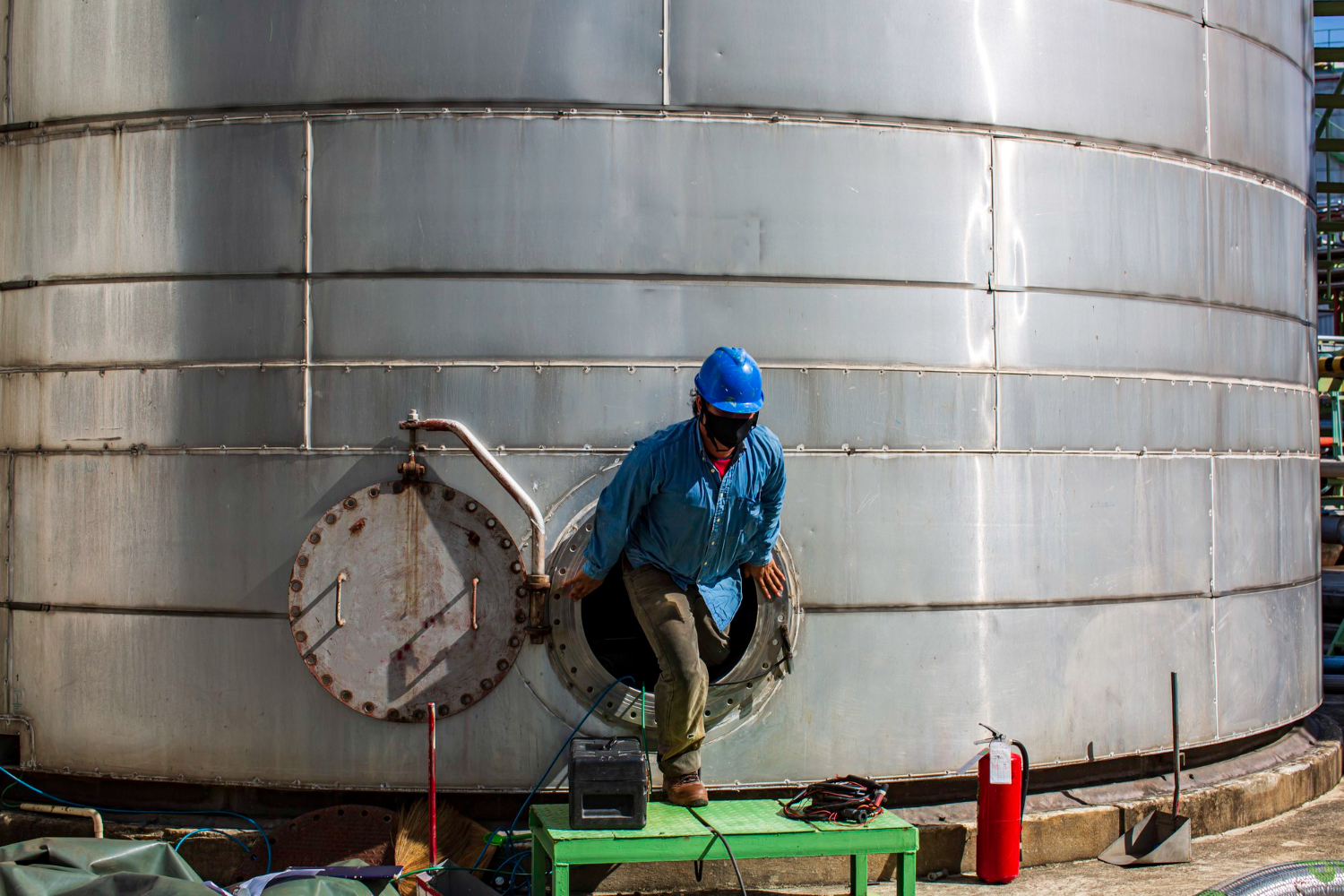
Properly scheduling tank inspections is essential for maintaining the safety and performance of storage systems. Tanks, whether for water, chemicals, or other materials, operate under various conditions that can affect their integrity over time. Regular inspections help identify potential issues before they become significant problems, saving both time and costs in the long run.
Identifying the Right Timing for Inspections
Determining the correct timing for tank inspections is essential for effective maintenance. The frequency of inspections depends on several factors like tank size, the contents it holds, and its usage. Larger tanks often require more frequent inspections due to the greater pressure and potential for wear over a larger area. Similarly, tanks holding corrosive or reactive substances need checking more often to prevent and address any damage promptly.
The usage pattern of the tank also plays a key role. Tanks in constant use or those that undergo continuous filling and emptying cycles face more stress. This stress can lead to wear and tear quicker than tanks used less frequently. Regular inspections help catch early signs of deterioration, ensuring that minor issues don’t escalate into costly repairs or replacements.
Regular tank inspections protect against unexpected failures and leaks by catching problems early. They maintain tank health by identifying and addressing signs of corrosion, pressure issues, or mechanical failures promptly. Inspections also ensure compliance with safety regulations, safeguarding both the environment and the individuals working around these tanks. By scheduling inspections at appropriate intervals, you extend the operational life of your equipment and protect your investment.
Creating a Comprehensive Inspection Checklist
Developing a thorough inspection checklist is crucial for identifying potential issues. A detailed checklist guides you through examining all necessary components and areas specific to your tank type, ensuring nothing is overlooked during inspections.
Essential components and areas to inspect include:
1. Exterior Surface: Look for cracks, rust, or paint damage that could indicate corrosion.
2. Interior Lining: Check for wear or damage that might compromise the contents.
3. Valves and Fittings: Ensure they are functioning correctly and show no signs of leaks.
4. Foundation and Supports: Inspect for any shifting, cracks, or weakening.
5. Access Hatches and Ladders: Confirm they are secure and free of damage that could pose safety risks.
Recognising signs of wear and potential issues is another critical aspect. Be on the lookout for unusual noises during operation or any unexpected changes in tank pressure. Spotting these early helps in addressing them before they become serious problems. Regularly updating the checklist to incorporate new findings or technological advances ensures that inspections remain effective and comprehensive. A well-maintained checklist serves as a valuable tool in preserving tank integrity and preventing disruptions.
Leveraging Technology in Tank Inspections
Modern technology plays a key role in enhancing tank inspections. Tools like remotely operated vehicles (ROVs) have transformed how inspections are conducted, making them safer and more efficient. ROVs can access areas that are otherwise difficult or risky for humans, providing a detailed view of the tank’s condition.
Benefits of using ROVs and similar technologies include:
1. Enhanced Safety: By removing the need for direct human involvement in potentially hazardous locations, ROVs reduce the risk of accidents.
2. Comprehensive Coverage: Equipped with cameras and sensors, ROVs can capture and relay precise data from every corner of the tank.
3. Time Efficiency: ROVs can perform inspections more quickly than traditional methods, minimising downtime for tanks.
4. Data Accuracy: With advanced imaging and sensing capabilities, ROVs provide high-quality data that increases inspection reliability.
As technology evolves, integrating these innovations into regular inspection routines becomes increasingly important. Doing so not only boosts accuracy but also enhances the overall safety and efficiency of maintaining tank systems, ensuring long-term operational success.
Implementing an Efficient Inspection Schedule
Setting up an effective inspection schedule is crucial for optimising tank performance and safety. A well-planned schedule considers various factors like tank usage, material, and past maintenance history to ensure inspections are timely and thorough.
Guidelines for establishing an efficient schedule include:
- Frequency Planning: Determine inspection intervals based on tank size, contents, and usage. High-use tanks may need more frequent checks.
- Seasonal Adjustments: Consider environmental factors and seasonal changes that might affect tank conditions and vulnerability.
- Integration with Maintenance: Coordinate inspections with other maintenance activities to streamline processes and reduce operational interruptions.
- Documenting Findings: Keep detailed records of all inspections and findings. This helps track patterns and predict future maintenance needs.
An effective schedule prevents overlaps and ensures all aspects of the tank are regularly inspected. Integrating inspections with broader maintenance and repair strategies not only enhances efficiency but also prolongs the lifespan of your equipment.
Conclusion
A thoughtful approach to tank inspections is fundamental to preserving the health and efficiency of storage systems. By identifying the right timing, creating a comprehensive checklist, leveraging advanced technologies, and implementing an efficient schedule, you maintain not just the physical integrity but also the operational reliability of your tanks. These efforts are particularly crucial when considering the diverse conditions and demands placed on tanks across industries.
For any tank-related needs, ATM Tanks is here to support you. Our expertise in tank inspections and technology ensures that your tanks are always in optimal condition. Whether setting up an inspection schedule or exploring the latest technology tools, we’re ready to help you keep your tanks safe and efficient.
- How to Fix Leaks in Your Water Storage Tanks - December 14, 2025
- Effective Techniques for Thorough Tank Cleaning - December 14, 2025
- The Benefits of ROV Tank Inspections for Maintenance - December 14, 2025






